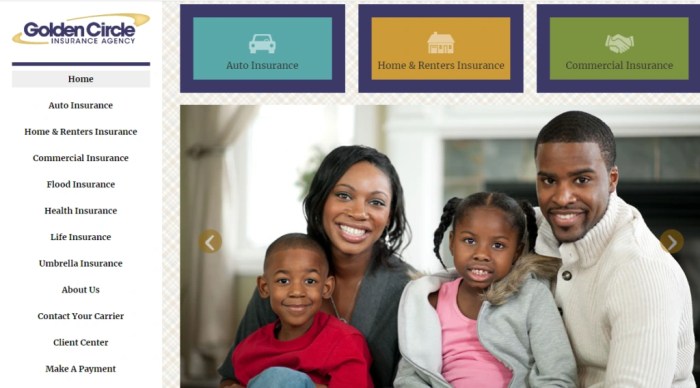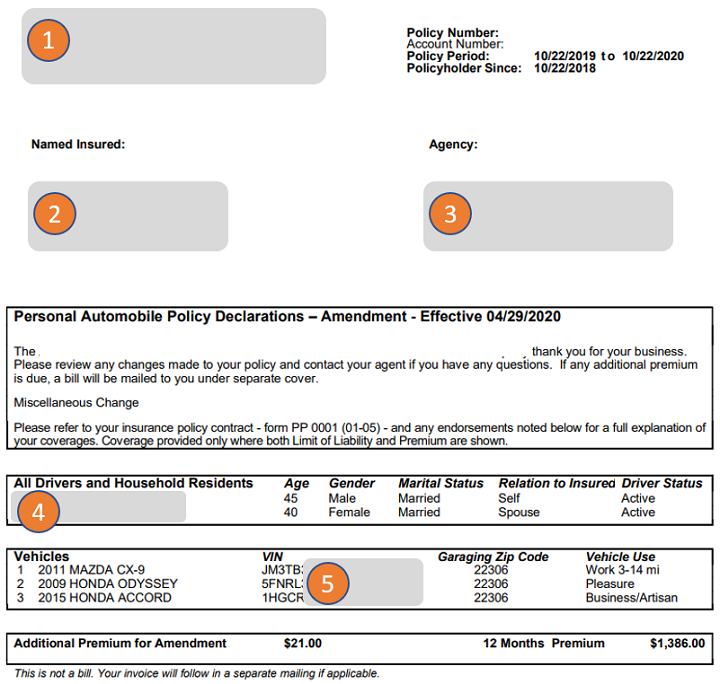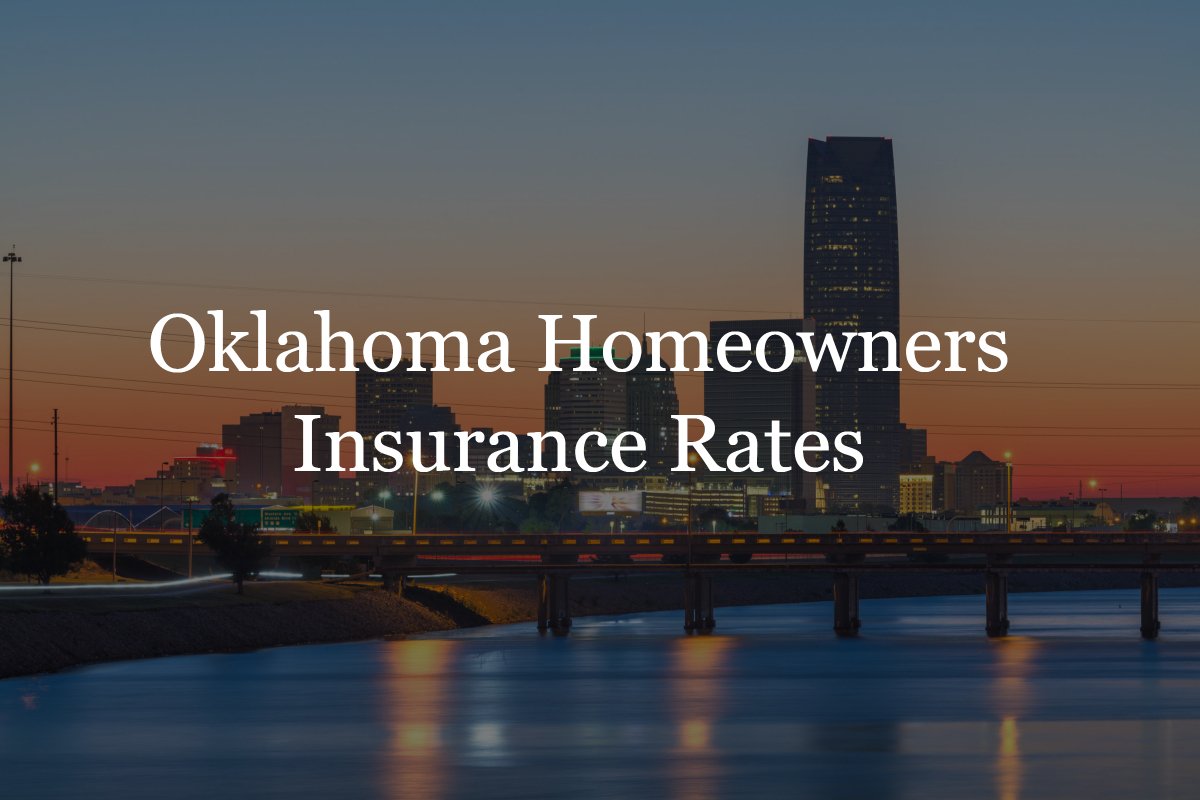Navigating Atlantas Health Insurance Maze: Your Guide to Finding the Right Broker
Atlanta’s bustling health insurance market presents a complex landscape for individuals and families seeking coverage. The sheer number of plans, providers, and regulations can be overwhelming, leaving many feeling lost in a sea of jargon and fine print. This is where the expertise of a health insurance broker becomes invaluable. A skilled broker acts as a navigator, guiding clients through the intricacies of the system to find the most suitable and affordable plan for their specific needs. This guide delves into the critical role of health insurance brokers in Atlanta, examining the services they provide, the factors influencing plan costs, and the steps involved in the enrollment process. We’ll compare different plan types, demystify common insurance terms, and explore resources for specific populations. Ultimately, our aim is to empower you with the knowledge and tools to make informed decisions about your health insurance coverage in the Atlanta area. Understanding the Atlanta Health Insurance Market The Atlanta health insurance market, mirroring the city’s diverse population, presents a complex landscape of needs and options. Understanding this market requires analyzing the demographics of its consumers, the competitive dynamics among insurers, and the prevalence of various plan types. This analysis provides a crucial foundation for individuals and businesses navigating the selection process.Atlanta’s demographics significantly shape its health insurance landscape. The city boasts a large and diverse population, including a substantial proportion of young professionals, families, and a growing senior citizen population. These differing demographic groups have varying healthcare needs and preferences, influencing their insurance choices and driving market demand for specific plan types. The presence of a large number of Fortune 500 companies also impacts the market, influencing the prevalence of employer-sponsored plans and the demand for comprehensive coverage options. Characteristics of the Atlanta Health Insurance Market The Atlanta health insurance market is characterized by a significant level of competition among both national and regional insurers. This competition, while beneficial for consumers in terms of choice and potentially lower premiums, also leads to a complex and often confusing array of plan options. The market size is substantial, reflecting the city’s large population and robust economy. The Affordable Care Act (ACA) continues to significantly impact the market, shaping plan designs and affordability provisions. The level of competition ensures a dynamic environment where insurers continually adapt their offerings to attract and retain customers. For example, the presence of both large national players and smaller regional providers creates a balance between widespread reach and localized expertise. Common Health Insurance Plan Types in Atlanta The most common types of health insurance plans sold in Atlanta include HMOs (Health Maintenance Organizations), PPOs (Preferred Provider Organizations), and EPOs (Exclusive Provider Organizations). HMOs generally offer lower premiums but restrict access to care within a specific network of providers. PPOs provide greater flexibility with higher out-of-pocket costs, allowing access to a broader network of providers, including out-of-network options at a higher cost. EPOs function similarly to HMOs but often lack out-of-network coverage. In addition to these traditional plans, the ACA marketplaces offer various plans with varying levels of coverage and cost-sharing, further diversifying the options available to Atlanta residents. The specific availability and popularity of these plan types can vary depending on location within the city and the insurer offering the plan. For instance, some insurers may concentrate their efforts on specific demographics or geographic areas, leading to a concentration of certain plan types in particular neighborhoods or communities. Roles and Responsibilities of Atlanta Health Insurance Brokers Navigating the complexities of the Atlanta health insurance market can be daunting for individuals and businesses alike. Health insurance brokers in Atlanta play a crucial role in simplifying this process, acting as intermediaries between clients and insurance carriers. Their expertise and services are invaluable in securing appropriate and cost-effective coverage.Brokers offer a wide array of services designed to meet diverse client needs. These services extend beyond simply finding a policy; they encompass a comprehensive approach to health insurance planning and management. Services Provided by Atlanta Health Insurance Brokers Atlanta health insurance brokers provide a multifaceted service portfolio. Their primary function is to analyze client needs, research available plans, and present tailored options. This involves understanding individual circumstances, such as pre-existing conditions, family size, and budget constraints, to recommend the most suitable coverage. Beyond this initial assessment, brokers often assist with enrollment, ongoing plan management, and claims assistance. Many also offer guidance on navigating healthcare provider networks and understanding policy details. In essence, they act as a single point of contact for all health insurance-related matters. Broker vs. Agent: A Key Distinction While both health insurance brokers and agents assist in securing coverage, a key difference lies in their representation. Insurance agents typically represent a single insurance company, offering only the products and services of that specific carrier. In contrast, brokers represent the client, working with multiple insurance carriers to find the best possible plan from a wider range of options. This independence allows brokers to provide truly objective advice, free from the biases inherent in representing a single insurer. This unbiased approach ensures clients receive the most comprehensive and suitable coverage available in the market, not simply the best option within a single company’s portfolio. Legal and Ethical Obligations of Atlanta Health Insurance Brokers Atlanta health insurance brokers are bound by both state and federal regulations, as well as a strong ethical code of conduct. They are legally obligated to act in the best interests of their clients, providing accurate and unbiased information. This includes a duty to disclose any potential conflicts of interest and to maintain client confidentiality. Breaches of these obligations can lead to significant legal repercussions, including fines and license revocation. Furthermore, brokers must adhere to strict compliance standards related to data privacy and the handling of sensitive client information. Maintaining professional certifications and continuing education ensures brokers remain updated on the ever-evolving landscape of health insurance regulations and best practices, reinforcing their commitment to ethical conduct and client well-being. Finding a Reputable Health Insurance Broker in Atlanta Navigating the complexities of the Atlanta health insurance market requires careful consideration. Choosing the right broker can significantly impact your access to affordable and comprehensive coverage. This section Artikels key steps to identify a trustworthy and reliable professional. Criteria for Selecting a Trustworthy Health Insurance Broker Selecting a health insurance broker requires diligent research. A thorough vetting process ensures you work with a professional who prioritizes your needs and understands the intricacies of the Atlanta healthcare landscape. The following criteria are essential for identifying a reputable broker. Licensing and Accreditation:Verify the broker’s license with the Georgia Department of Insurance. Confirm any relevant professional certifications or affiliations with reputable organizations. Experience and Specialization:Consider the broker’s years of experience in the Atlanta market and their specific areas of expertise. A broker specializing in individual plans, for example, may not be the best choice for a business seeking group coverage. Client Reviews and Testimonials:Thoroughly review online testimonials and feedback from previous clients. Pay close attention to both positive and negative reviews to get a balanced perspective. Fees and Transparency:Understand the broker’s fee structure upfront. A reputable broker will clearly Artikel all charges and avoid hidden fees. Communication and Responsiveness:Assess the broker’s responsiveness and communication style. Effective communication is crucial for a smooth and efficient insurance process. Verifying a Broker’s Licenses and Credentials Confirming a broker’s licensing and credentials is paramount. This involves checking the Georgia Department of Insurance’s website for active licensing status and verifying any claims of professional certifications or affiliations. Failure to verify these details can lead to working with an unlicensed or unqualified individual, potentially jeopardizing your insurance coverage and financial security. For example, a broker claiming to be a Certified Health Insurance Specialist (CHIS) should have that certification publicly verifiable. Assessing Online Reviews and Testimonials Online reviews and testimonials provide valuable insights into a broker’s reputation and client experience. Websites such as Google My Business, Yelp, and the Better Business Bureau often host reviews. Analyze the volume and nature of reviews, looking for patterns and recurring themes. Pay attention to both positive and negative comments to gain a balanced understanding. Remember that even highly-rated brokers may have occasional negative reviews; the key is to identify consistent patterns of positive or negative feedback. Comparison of Key Factors in Selecting an Atlanta Health Insurance Broker Broker Name Years of Experience Fee Structure Client Reviews (Average Star Rating) Specializations Example Broker A 15+ years Commission-based 4.8 stars … Read more









